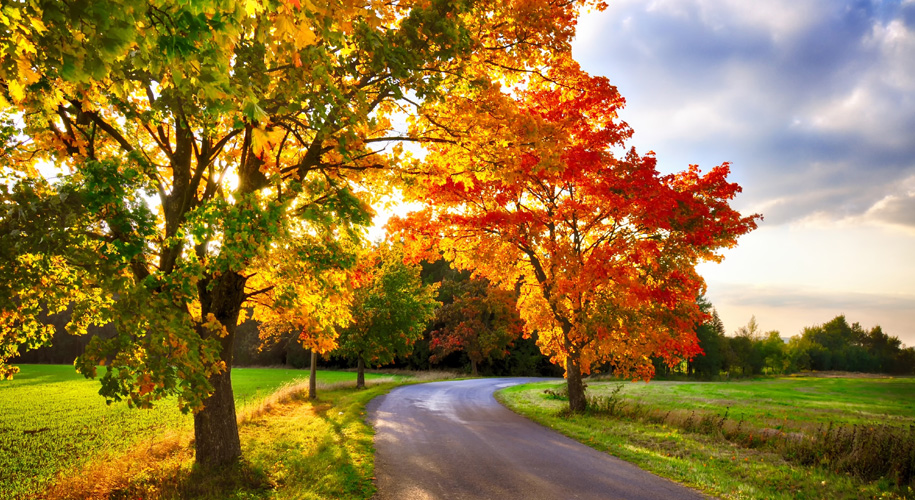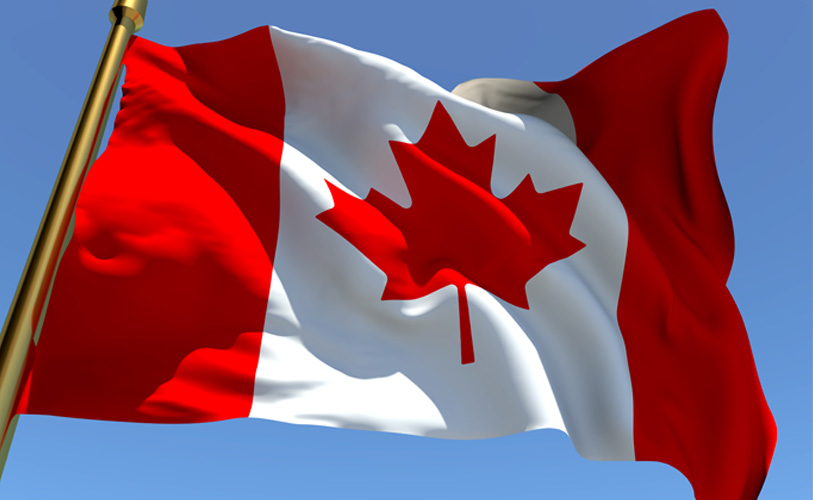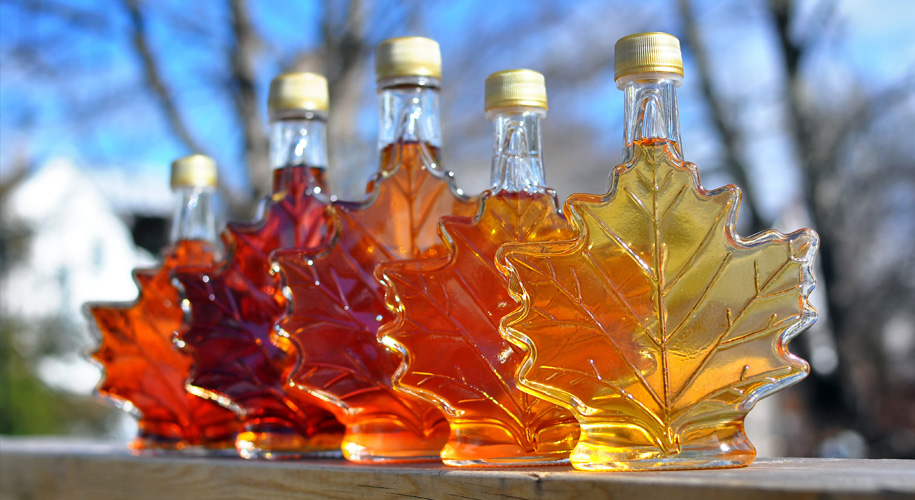
Fun Facts about Maple Trees
Between the beautiful fall colors and the smell of maple syrup in the air, fall is synonymous with the Maple tree. Luckily for us, the Virginia, Maryland, Washington DC climate and soil is perfect for many beautiful species of maple trees. Here are some fun facts about our beautiful maples!
- There are approximately 128 species of maple.
- Most species are native to Asia, with a number also appearing in Europe, northern Africa, and North America. Only one species extends to the Southern Hemisphere.
- Most species are deciduous, and many are renowned for their autumn leaf color, but a few in southern Asia and the Mediterranean region are evergreen.
- The lifespan of a maple tree is between 100 and 400 years, depending on the species.
- The Comfort Maple is an enormous and strangely shaped sugar maple tree which is believed to be at least 500 years old, the oldest maple tree in Canada.
- Many of the root systems are typically dense and fibrous, inhibiting the growth of other vegetation underneath them.
- Most maple trees grow to 33–148 feet in height. Others are shrubs less than 10 meters tall with a number of small trunks originating at ground level.
- The distinctive fruit are called samaras, “maple keys“, “helicopters“, “whirlybirds” or “polynoses“. These seeds occur in distinctive pairs each containing one seed enclosed in a “nutlet” attached to a flattened wing of fibrous, papery tissue. They are shaped to spin as they fall and to carry the seeds a considerable distance on the wind.
- Many maples have bright autumn foliage, and many countries have leaf-watching traditions. In Japan, the custom of viewing the changing colour of maples in the autumn is called “momijigari”. Of course as any American knows, the sugar maple are a major contributor to seasonal fall tourism throughout the Northern states.
- Sugar, Black, and Red maple trees are tapped for sap, which is then boiled to produce maple syrup or made into maple sugar or maple taffy. It takes about 40 litres (42 US qt) of sugar maple sap to make 1 litre (1.1 US qt) of syrup. While any of maple species may be tapped for syrup, many do not have sufficient quantities of sugar to be commercially useful.
- Maple syrup was first recorded as being produced in 1540 by Native Americans using the sugar maple’s sap.
- A maple leaf is on the coat of arms of Canada, and is on the Canadian flag. The maple is a common symbol of strength and endurance and has been chosen as the national tree of Canada. Maple leaves are traditionally an important part of Canadian Forces military regalia, for example the military rank insignia for generals use maple leaf symbols.
- Maple is considered a tonewood, or a wood that carries sound waves well, and is used in numerous
- musical instruments. The back, sides, and neck of most violins, violas, cellos, and double basses are made from maple. Electric guitar necks are commonly made from maple, having good dimensional stability. Many drums are made from maple.
- Different types of furniture, baseball bats, bowling pins, bowling alley lanes, pool cue shafts and butcher’s blocks are often made of maple trees.


Get a Quote
Looking for expert tree care? Fill out the form below and we’ll be in touch!
Looking for expert tree care?

